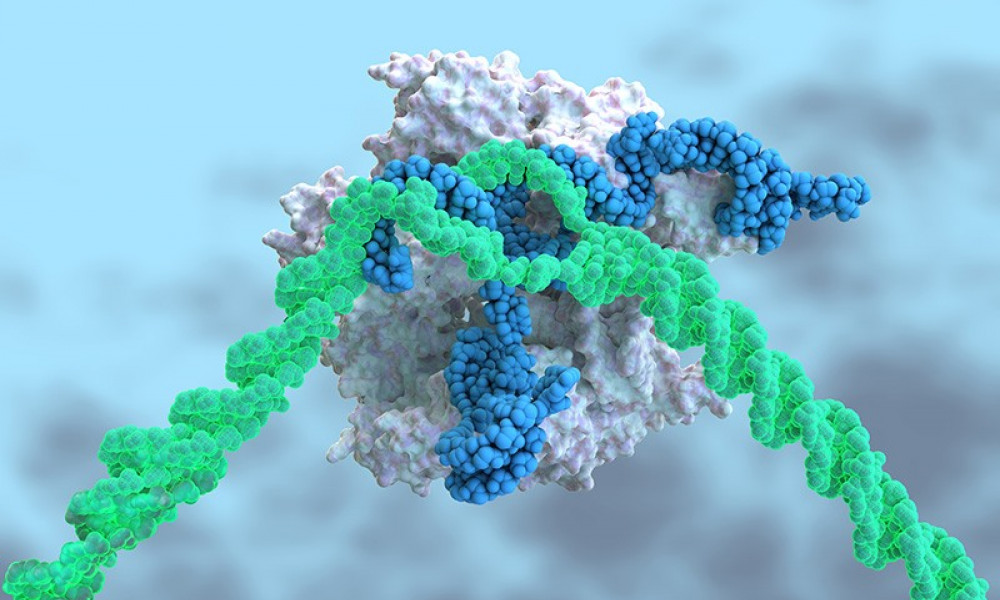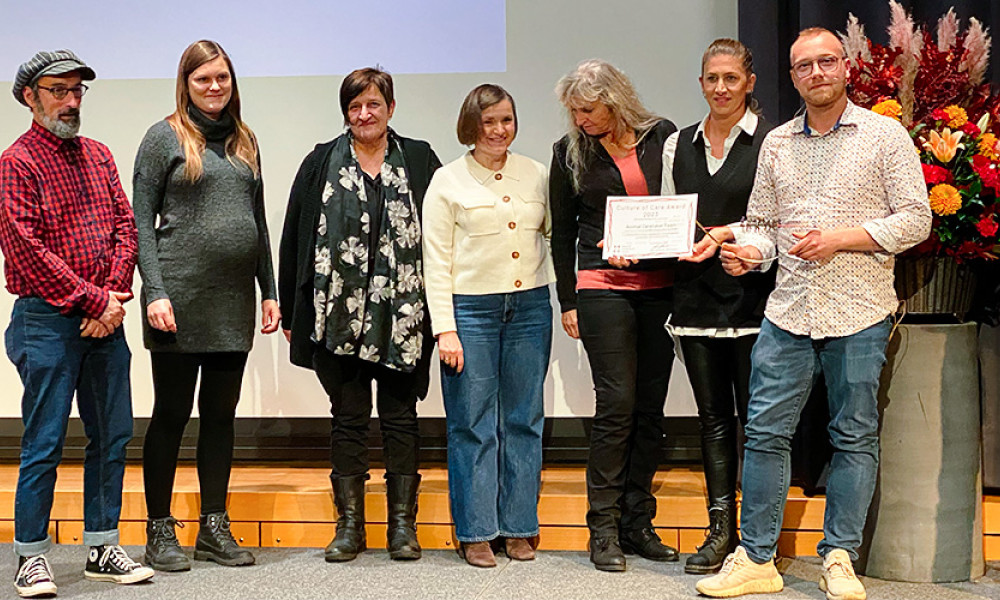Landmark CRISPR trial shows promise against deadly disease
Administering gene-editing treatment directly into the body could be a safe and effective way to treat a rare, life-threatening condition.
Preliminary results from a landmark clinical trial suggest that CRISPR–Cas9 gene editing can be deployed directly into the body to treat disease.
The study is the first to show that the technique can be safe and effective if the CRISPR–Cas9 components — in this case targeting a protein that is made mainly in the liver — are infused into the bloodstream. In the trial, six people with a rare and fatal condition called transthyretin amyloidosis received a single treatment with the gene-editing therapy. All experienced a drop in the level of a misshapen protein associated with the disease. Those who received the higher of two doses tested saw levels of the protein, called TTR, decline by an average of 87%.






